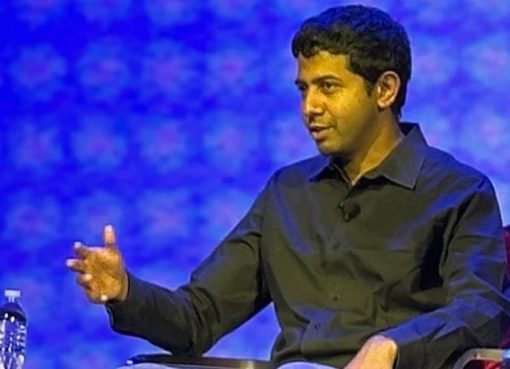The Indian government may be seeking to define just what is or is not a non-fungible token (NFT).
Indian Finance Minister Nirmala Sitharaman announced the nation’s budget on Tuesday, revealing it will tax digital assets at a 30% rate. A different section, however, is raising more alarm within the crypto industry.
The section in question defined Virtual Digital Assets, the phrase the government used in the budget to describe cryptocurrencies or NFTs. According to the budget, “for the purposes of this clause, (a) ‘non-fungible token’ means such digital asset as the Central Government may, by notification in the Official Gazette, specify.”
This clause can be interpreted in three different ways. It is possible that the government has proposed a law that gives it the authority to decide what is or isn’t an NFT. Every NFT would have to go through a certification process and the power to select, qualify, classify or label a collectable as an NFT will be in the hands of the government.
The second, gentler interpretation is that the government will certify categories of NFTs. For instance, a memorable moment in Indian history or a portrait of a celebrity may be certified as historical moments or celebrities respectively but a digital artwork by an unknown artist may not be certified/specified at all.
The third, most lenient interpretation is that the government has labelled an NFT as a “virtual digital asset” but has retained the power to say this is not an NFT. In other words, the government has retained the power to exclude through a notification.
At least three senior representatives of the industry confirmed that their legal teams are trying to make sense of this clause.
A senior legal representative at a major Indian crypto exchange explained that reading the fine print as is suggests the government is saying it will specify or certify each and every NFT.
Shehnaz Ahmed, Senior Resident Fellow and Lead (Fintech) at Vidhi Centre for Legal Policy explained how both cryptoassets and NFTs fall under the definition of “virtual digital asset” but that the government has treated NFTs separately from cryptocurrencies.
“Unlike the definition of cryptoassets, which is clearly laid out in clause 3(b) of the Bill, what qualifies as an NFT will be set out in a notification to be issued by the Central Government. One has to wait to understand if the notification sets out the broad features of NFTs or specific categories of NFTs,” Ahmed said.
Bibin Babu, co-founder of Colexion, a market place for NFTs, said he was “okay” with the government’s role in certifying either each NFT or categories of NFTs.
However, Babu believed only one interpretation is possible. Babu said “it is impossible” for the government to “specify” each NFT when “millions of NFTs are minted every day.”
“They will categorise it like an artwork, nostalgic memorabilia or sporting moment etc.,” Babu said.
A representative from another exchange that focuses on trading rather than NFTs, who requested anonymity accepted the clause was “striking” and said “the question is who or which department will define” or specify what is an NFT and what isn’t.
“Legal teams will take time to dig deeper into what the clause means since at the moment the focus is on asset and remittance tax clauses and consequences,” the source said.
Anirudh Rastogi, Managing Partner at Ikigai Law, who regularly advises several stakeholders on cryptocurrency-related policy issues believed “the interpretation that they will list out all NFTs is impractical.”
“No other regulator has tried to define NFTs. The bill regrettably provides an over-broad definition. They have recognised NFTs but not defined them. It is good that they have left it undefined. They realised this is nuanced and required deliberation so let’s leave it for later,” said Rastogi.
Some industry leaders interpreted that the wording is by design to give the government power to exclude or stay away from certain NFTs but that for the moment anything selling as an NFT falls under the purview of the government and its 30% taxation policy.
Shivam Thakral, CEO, BuyUcoin was one such industry leader and said that the government has “broadened its spectrum” to account for “future advancements” they may want to stay away from.
A senior lawyer who has worked with the government on crypto in the past confirmed that the government has retained extraordinary power which gives them the ability to discourage certain artworks.
“For instance, the government may want to stay away from currencies in vogue on Silk Route. They may specify only the most popular NFTs, the most frequently traded or they may go by volume, class, or type,” the legal source said.
Edul Patel, CEO of Mudrex, a crypto asset management platform also believed that the government has used a “very broad definition as an exclusionary mechanism”, kind of a “catch all statement” that includes all NFTs as a virtual digital asset but gives them the power to exclude some NFTs at a later stage.
“Details are missing, language is loose and more will unfold as we get more documents from the finance bill,” Patel said.
India’s Finance Ministry did not return a request for comment.
UPDATE (Feb. 2, 10:10 UTC): Updates the first line in the fourth paragraph to say three ways.




